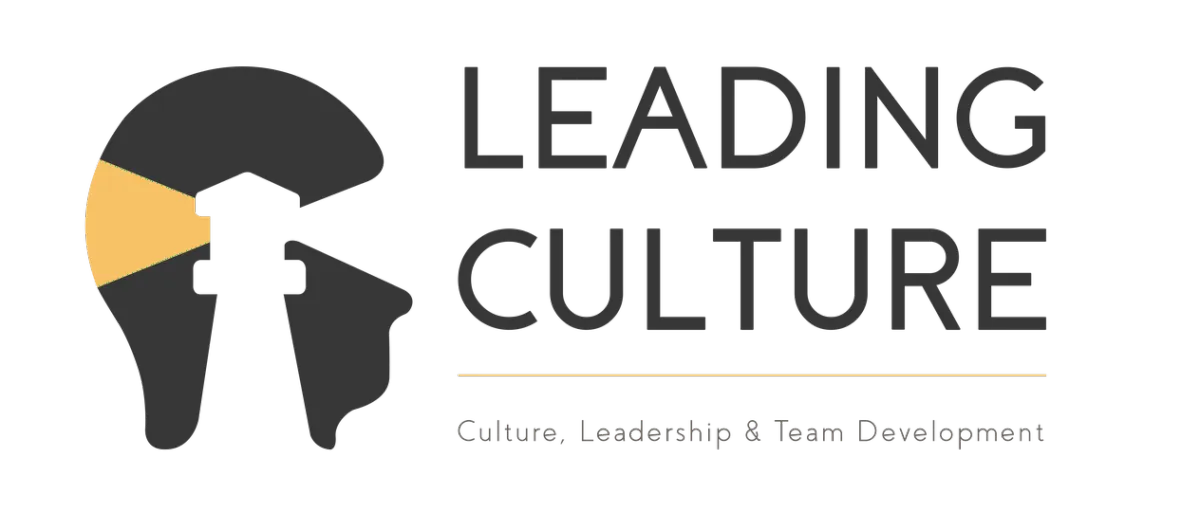
$37.5M and counting: The Inspiring Rise of Zumba
In the mid-1990s, Colombian aerobics instructor Alberto "Beto" Pérez faced an unexpected challenge: he arrived at his class without his usual aerobics music. Thinking quickly, he used a personal mixtape of Latin dance music, transforming the session into an impromptu dance party. This serendipitous event laid the foundation for what would become Zumba, a global dance-fitness phenomenon.
Recognizing the potential of this innovative workout, Pérez partnered with entrepreneurs Alberto Perlman and Alberto Aghion in 2001. Together, they established Zumba Fitness, LLC, and began marketing their unique fitness program through a series of infomercials and home videos. This strategy rapidly expanded Zumba's reach, attracting a diverse audience eager to experience the fusion of dance and exercise.
Zumba not only provides a full-body workout but also introduces participants to a rich tapestry of global rhythms. The program's adaptability has led to specialized classes such as Zumba Gold for older adults, Zumba Kids for children, and Aqua Zumba for water-based workouts, with a growing range of programs ensuring accessibility for all fitness levels.
Central to Zumba's success is its emphasis on community. The energetic group setting fosters a sense of belonging and motivation among participants. Licensed instructors worldwide cultivate supportive environments, making each class a celebration of movement and music. This communal aspect has been pivotal in Zumba's global expansion, with classes now offered in over 180 countries, engaging millions weekly.
Beyond the dance floor, Zumba has evolved into a comprehensive lifestyle brand. The company offers a range of products, including apparel, licensed music, and fitness equipment, allowing enthusiasts to fully immerse themselves in the Zumba experience.
Their pivot during COVID exemplified their leadership and commitment to their instructors as they provided both the platform and the training for instructors to run virtual Zumba classes. Within 6 weeks they had 1,000,000 people per week taking virtual Zumba classes.
Collaborations with technology partners have further enhanced accessibility, enabling virtual classes and expanding the program's digital footprint. The latest version of their app launched in Jan 2024 reached $4.5M and 30,000 subscribers in just 14 months.
Lessons from Zumba:
Zumba doesn’t own any of the venues their classes are held in – in fact they don’t even need a premises to teach.
Zumba serves two communities – their instructor community who they entrust with their dance community. Both are Zumba customers, but their focus is on making the instructor successful.
Zumba expanded horizontally once they had proven the model. First expanding the markets (seniors, kids, aqua) and more recently expanding to non-dance workouts. Their Strong Nation brand looks set to grow the Zumba business considerably.
For a visual insight into Zumba’s pivot during COVID watch here:


